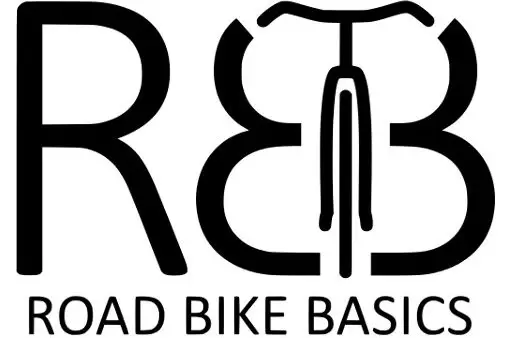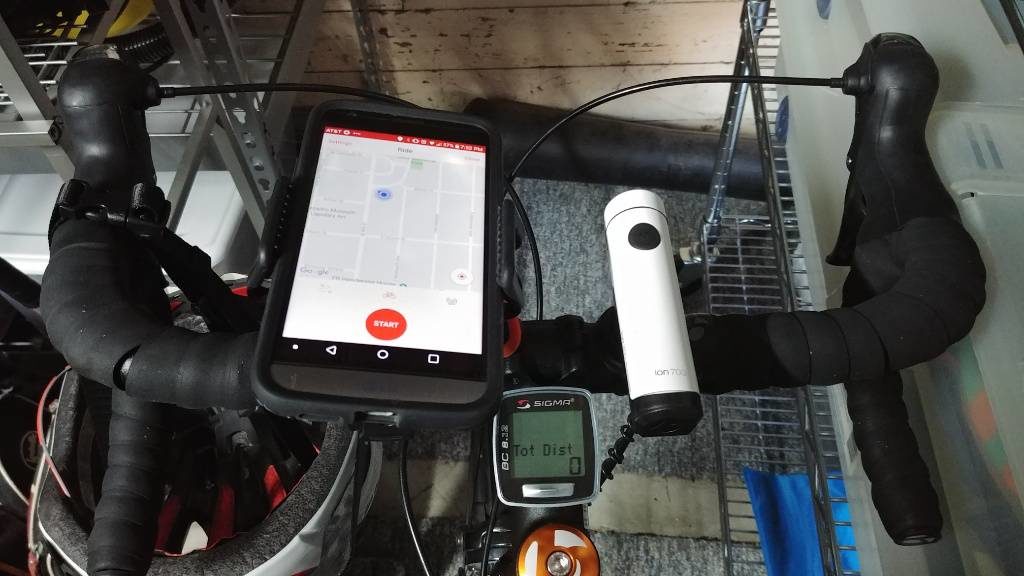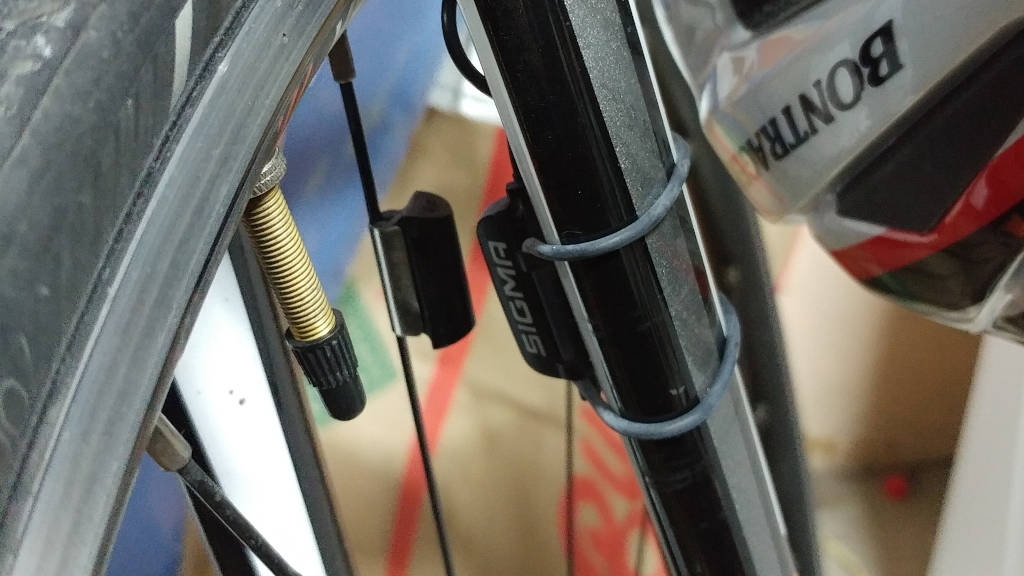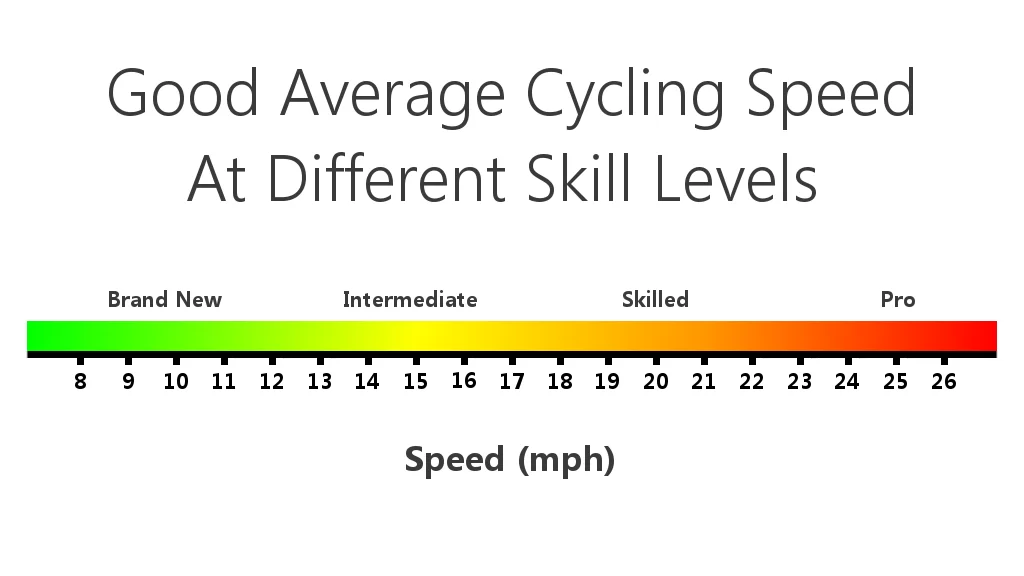On my first bike ride of the year, I got a rude awakening. The batteries on my bike computer and both my lights had completely run out. Thankfully, I was able to recharge the batteries in my lights but I didn’t have an extra battery for my bike computer. I tried using my phone to track my ride, but, a mile in, it said I had been riding for 45 seconds and averaged 80 mph… So, I gave up on tracking anything and finished my 20-mile ride with no technology, and I quite enjoyed myself.
A cheap bike computer is nice to have, but you really don’t need one as a beginner. A smartphone is a very capable addition to or replacement for a bike computer, but it can drain your battery very quickly. In the rest of this post, I’ll help you choose what to use on your next ride.
Benefits of a bike computer
Bike computers are purpose-built pieces of hardware that you attach to your bike. They only exist to track multiple statistics and allow you to review them in real-time and after the fact.
Battery Life
They frequently have low energy displays and easily rechargeable or replaceable batteries. That means you don’t end up with a dead battery halfway through a long ride. In fact, I’ve had computers that last for years before I need to replace the batteries. Whereas I can’t keep my phone running with the screen on for more than a couple of hours. Simple computers with black and white LCD displays will last longer than colored LED displays or ones that have GPS.
Durability
The next advantage of a bike computer is its durability. They are purpose-built to withstand water, dust, and wrecks. Their screens and frames are really strong because the manufacturers know that they will be dropped, banged up, shaken, and scuffed around on crazy bike rides. My bike computers were always fine after I wiped them off. I’ve dropped multiple phones in my life, though, and it never seems to turn out very well.
Price and utility
Some online interviews with professional cyclists show that they only want to know how fast they are riding, how far they have ridden, how long they have been riding for, and how hard they are riding. Other than power, even the cheapest bike computers will get you all of that information, and more.
I have an old Sigma computer. It’s been through some storms and wrecks and It’s still kicking like it’s new. Here’s a link that will send you to Amazon to show just how affordable they can be. That being said, you can easily spend over $200 USD if you want more fancy features like GPS.
Accuracy and precision
A bike computer that just counts how many times your wheel rotates can’t lose a GPS satellite or accidentally cut corners because it took too long to update your position. As long as you don’t sit in one spot letting your wheels spin and you calibrate your computer correctly, the computer knows exactly how fast and far you’ve been riding. GPS devices are always getting better, though. So, this point is much less of a concern than battery life and the others.
Benefits of a smartphone
The smartphone is one piece of hardware that pretty much everyone already has. Whether you have mounted on your handlebars or stored in a pocket, they are easy to use and make it easy to track your rides.
Options and features
There are plenty of popular apps that are constantly getting updated with the latest and greatest features. Ones like Strava (my favorite), Endomondo, and Zwift are sure to come up if you do a search. These apps can show all of the information that a bike computer can and then some. Each one is very popular and has a thriving community of users.
If you don’t like how the app you are using looks or works, you can always switch to a different one. It takes a lot more time and effort to switch which bike computer you are using.
GPS
While they may not be perfect, every modern smartphone has GPS. That frees you from needing to go out and buy a separate device for hundreds of dollars. Apps can track your location as you ride and provide information like your speed, distance, and even route directions.
If you want to, you can also turn on a tracking app but leave your phone’s screen off and just look at it after your ride. This is particularly useful after you finish your ride because it lets you see exactly where you went. Using that information, you can plan future rides or compare with other riders if the apps have social aspects.
I know that Strava has leaderboards for user-created “segments” of routes and even a “Flyby” feature that shows you any other Strava users that you passed on your ride.
Easy upgrades
I have a Garmin Vivoactive 3 smart watch that tracks my heart-rate and syncs with my phone. Now, not only do I get GPS maps of my rides, but I also get heart rate data that shows how hard I was riding. If you want to check out the watch, here is a link to Amazon.
Some more expensive bike computers can let you sync external devices with them as well, but your phone should already have the ability to work with most Bluetooth fitness tracking devices. Power meters and heart rate monitors are just two examples of a whole slew of extras that you can add to your bike. Here is a link to Amazon
Nerding out
There are plenty of bicyclists who love pouring over their stats. As well, it’s nice to be able to see your gradual improvement as you get more experienced. That’s only possible if you are tracking your stats, and that is most easily done with a phone and an app. The friendly competition and accountability that is facilitated by social apps is an experience that is impossible to get with a simple bike computer. More expensive ones will give you more data and allow you to sync with those same apps, though.
You can use both
My recommendation for most of your rides is to use a combination of the two. Use an inexpensive bike computer so you can conveniently see your speed, distance, and time while you are on the bike and use an app on your phone to track the ride for you to share online or look at once you are done.
You’ll get all of the benefits of using each one. There’s a dedicated real-time device with a long battery life and a means to look at your stats and route after the fact without draining your phone battery all the way down.
There are downsides to this method, of course. You do have to deal with a slightly longer pre-ride ritual and you have to get multiple devices on your handlebars or in your pockets. I’ve gotten used to mine, but some people value getting on their bike and going quickly more than they value seeing what they did later on.
You can use neither
I highly suggest
I hope that you can use this information to make the best decision for yourself when it comes time to choose whether or not you get a bike computer or take it on your ride.
Thanks for being here!
I make content that empowers people to enjoy riding their bikes.
Are you interested in learning more about that?
Here are some hand



